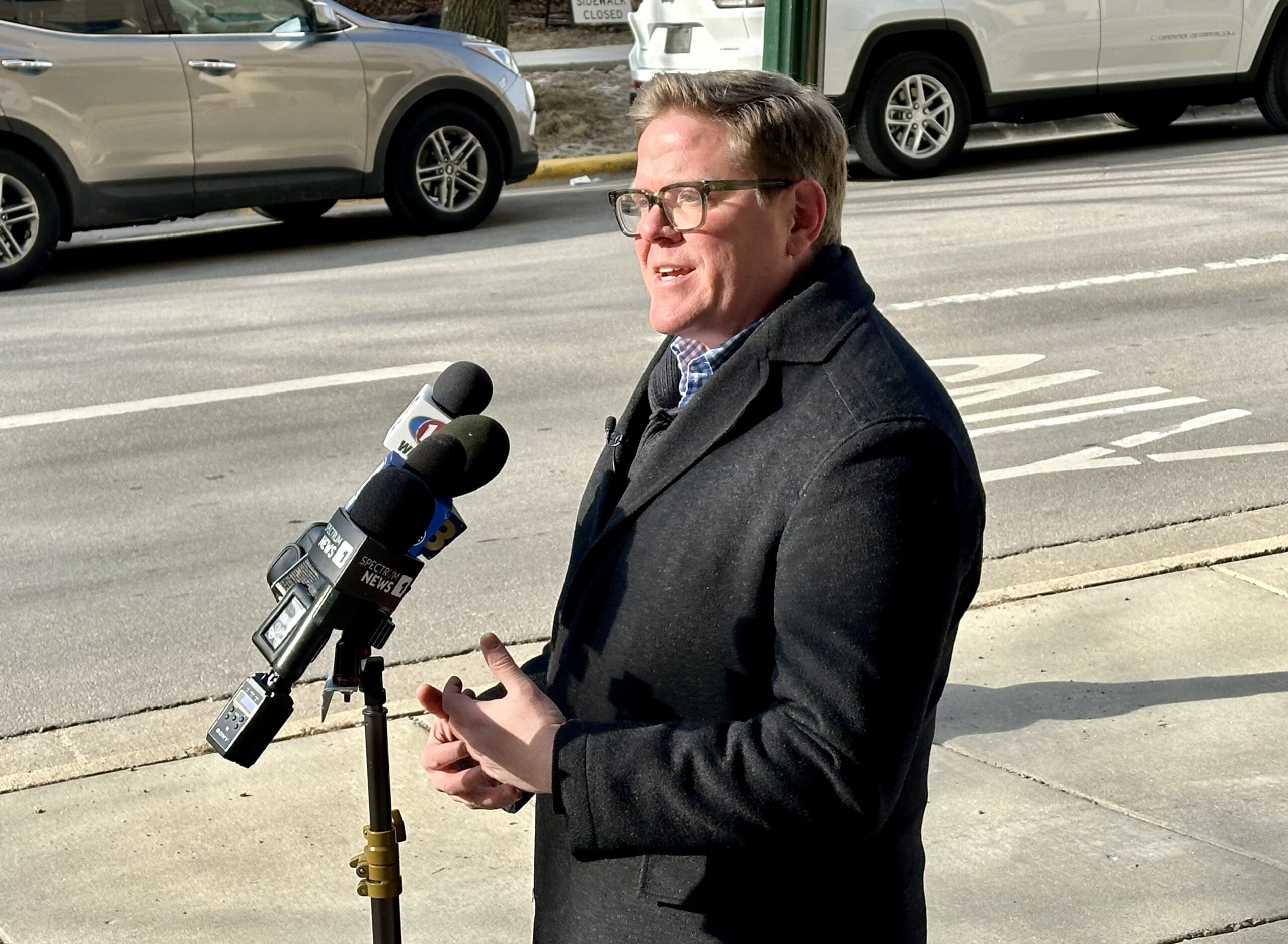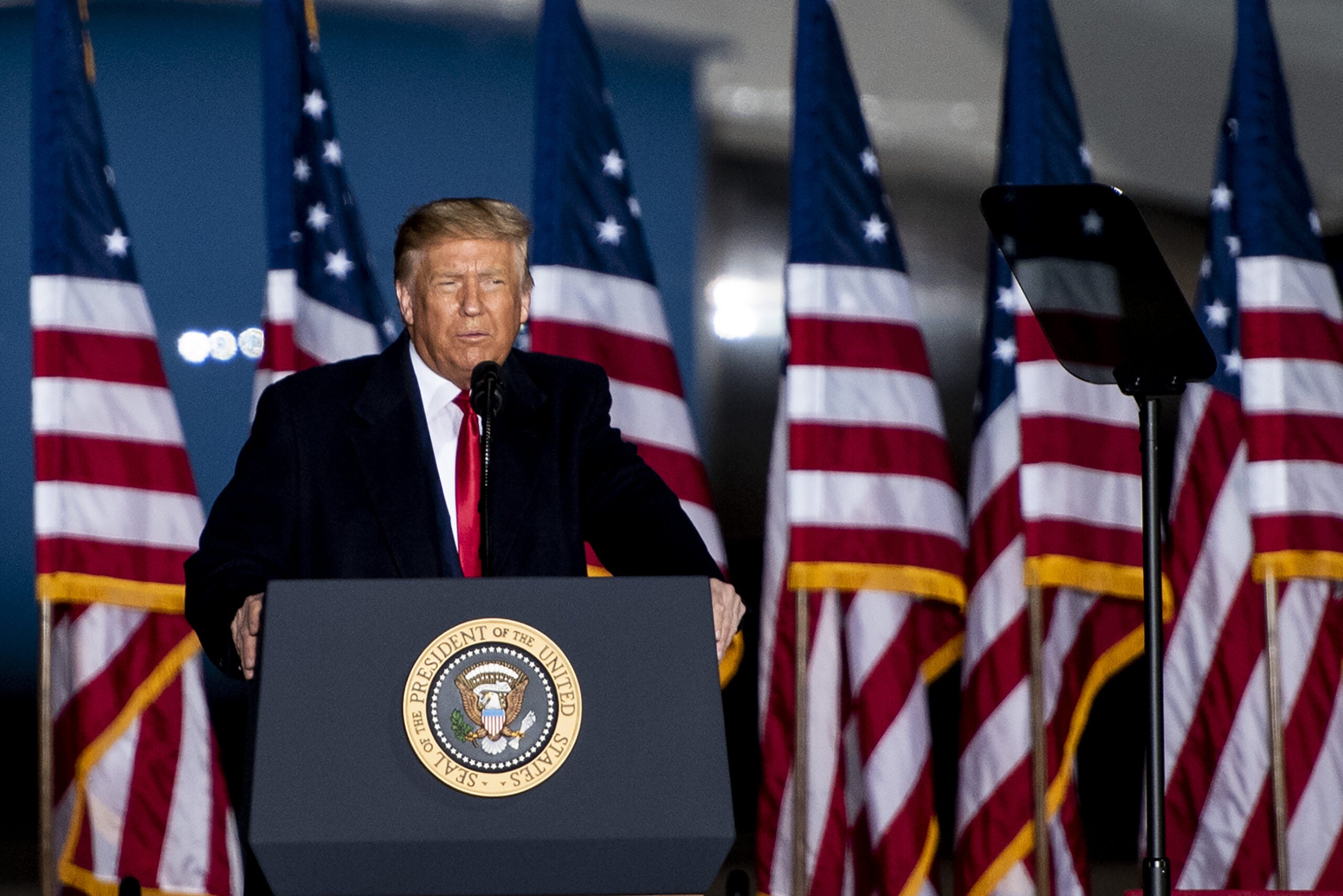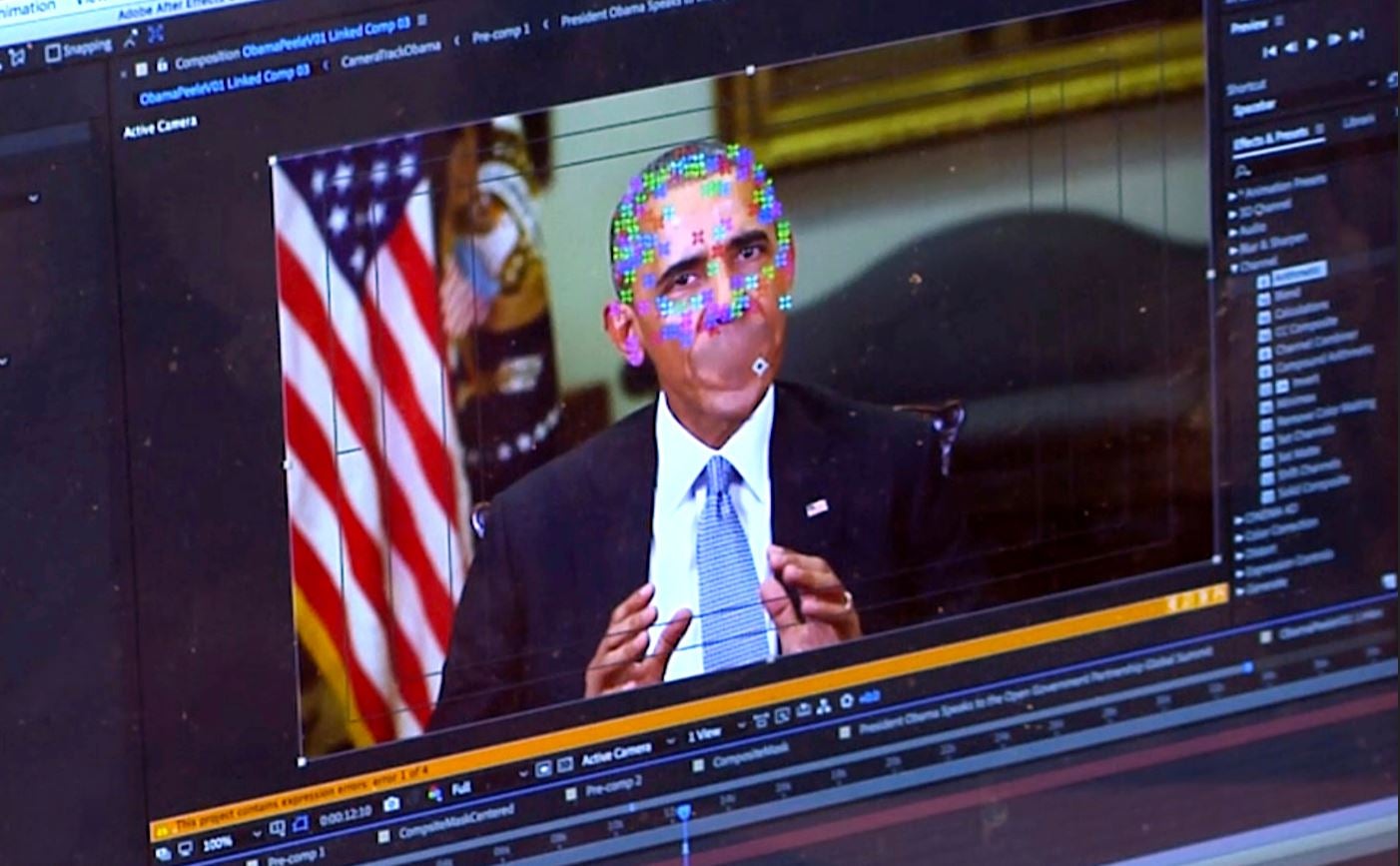Covering the Trump presidency may bring unique challenges, including what access will be given to the media in light of a contentious relationship during the campaign season. We talk about how the media should be preparing as Inauguration Day approaches. We learn about new findings in efforts to determine how long dogs have been man’s best friend. And we talk to an immigration expert about the future of sanctuary cities under future President Donald Trump.
Featured in this Show
-
Sanctuary Cities In The Age Of Trump
In the wake of Donald Trump’s election to president, leaders in so-called “sanctuary cities” like Philadelphia and Chicago are doubling down on their sanctuary policies–despite the fact that during his campaign Trump said he would pull federal funding for sanctuary cities to punish them for lenient policies on illegal immigration. We talk to an immigration expert about the future of sanctuary cities under President Trump.
-
The Science Of Dogs
Advances in technology have allowed scientists to determine when and where humans first domesticated wolves into dogs. We talk to Gemma Tarlach of Discover Magazine about what this science says and what it teaches us about our own species.
-
What New DNA Samples From A 4,800-Year-Old Dog Is Telling Scientists About Man's Best Friend
Scientists have discovered ancient dog DNA that is beginning to reveal new information about when and where man’s best friends were first domesticated.
Dogs are our longest and most enduring relationship among the animal kingdom. Throughout history, they have provided companionship out in the wild, helping us gather food, and, more recently, on our couches, keeping our feet warm as we binge on Netflix – who is to argue which is the more vital role?
Gemma Tarlach, senior editor at Discover Magazine, said to study canines is to also learn about ourselves. She said dogs are the only animal we know of that were domesticated well before we mastered the skills of agriculture.
“When we were still these nomad bands of hunter-gatherers roaming all around, we already had domesticated dogs,” she said. “So all the other templates that we figured out for how people domesticated cows and cats and goats, none of those apply to the dog. So it’s this great mystery.”
Through the emerging technology of DNA sequencing, researchers are slowly unlocking those mysteries surrounding the origins of dogs. Several studies over the years have come to different conclusions on when and where exactly dogs were domesticated.
The problem, said Tarlach, is dogs have been artificially and selectively bred for certain characteristics, and that can muddy the DNA analysis.
“Their genes are really messed up. There’s not a clear path back to their roots,” Tarlach said.
But answers may be coming thanks to ancient dog DNA, including, as Tarlach wrote about recently, “a particularly high-value sample from a 4,800-year-old animal unearthed in Newgrange, Ireland” found not to share a common ancestry in modern dogs or wolves.
The studies are still ongoing, Tarlach said. But scientists affiliated with the research did publish their first paper earlier this year and they proposed the possibility of a dual origin theory of domestication — one in western Europe and another in eastern Asia, the latter of which are the sole origin of today’s dogs.
It’s a new hypothesis and one that would have previously been doubted because turning a fast, four-legged animal with sharp teeth and a hankering for meat into a friend is quite the task.
“I mean you’re talking about basically taking an apex predator, the human being’s direct competition, and turning them into a buddy essentially, or at least an animal with a close working relationship with you. That’s not easy to do,” Tarlach said.
Scientists are now beginning to theorize that these dual domestication events happened between 15,000 and 18,000 years ago. But even that timeline is being disputed. Researchers have discovered canine skulls more than 30,000 years old feature shorter and wider characteristics, which are largely thought to be the physical traits of domestication.
But a larger, more complicated question still looms: How exactly did humans domesticate dogs?
Tarlach said some scientists believe ancestral wolves followed nomadic groups of hunter-gatherers for the leftover scraps of food. Realizing their utility, early humans may have cultivated relationships with the more tame in the pack. Others have guesses that humans may have adopted baby animals and reared them into a domesticated life.
“I’m very confident that within a few years the researchers will be able to take all this genetic data that they are gathering and sort out the ‘where’ and the ‘when’ to a pretty precise degree. But the ‘how’ I think will always be a bit of a question,” Tarlach said.
-
The Media's Role In A Trump Presidency
The relationship between the Trump campaign and the press has been a contentious one. Today, we look at what that relationship might be like going forward from questions of access for the White House Press Corps to the status of embattled reporters and media outlets.
-
Reporter: Trump-Media Relationship Is 'A Conflation Of Needs'
Politicians have long relied on attacks against the mainstream media. But for Donald Trump, it was more than just an easy applause line – it was the centerpiece of his presidential campaign.
During his campaign rallies, Trump called out reporters by name when he was unhappy with their coverage, restricted reporters to press pens and lead chants of “CNN sucks.” He even mocked a physically disabled journalist.
It was a condemnation of the mainstream media that he and so many of his supporters view as a liberal bastion of thought and advocacy.
When asked last week about what the media has in store in covering his presidency, Trump responded bluntly, “I’m going to continue to attack the press. Look, I find the press to be extremely dishonest. I find the political press to be unbelievably dishonest,” he said.
Trump threw more punches at the media this week. On Monday, the president-elect hosted an off-the-record meeting to admonish television executives and news anchors for what he said was their unfair coverage of him.
Then Tuesday morning, Trump announced on Twitter that he had canceled a meeting with The New York Times, saying that the newspaper continues to cover him “inaccurately and with a nasty tone!”
I cancelled today’s meeting with the failing @nytimes when the terms and conditions of the meeting were changed at the last moment. Not nice
— Donald J. Trump (@realDonaldTrump) November 22, 2016Trump later reset the meeting, and during the meeting Trump said The New York Times “a world jewel. And I hope we can all get along,” according to a reporter at the meeting.
The President-elect’s parting message: The New York Times is “a world jewel. And I hope we can all get along.”
— Mike Grynbaum (@grynbaum) November 22, 2016Now that he’s won the election, questions remain about how much access Trump will give reporters, how the White House press corps will cover him and whether the media itself will have the power it once did in an era of social media.
“The media is not in a very strong place,” said Dave Weigel, a political reporter with the Washington Post and the current public affairs writer in residence at the University of Wisconsin-Madison.
Weigel highlighted the latest results of a Pew Research Center opinion survey that found that most voters (57 percent) feel the news media had too much influence on the election outcome. Additionally, a third of voters (38 percent) gave the press a failing grade.
Voters who back Republican candidates have long been highly critical of the press, but this marks the first time a majority of any presidential candidate’s supporters has “failed” the press for its campaign conduct. In 2008, 44 percent of McCain voters gave the press a grade of F, as did 45 percent of Romney voters four years ago, according to the Pew survey.
Hillary Clinton supporters grade the press much more positively. Nearly four in 10, or 38 percent, gave the press an A or B, 26 percent gave it at C, 20 percent a D and just 15 percent gave it an F. Still, fewer Clinton supporters give the press an A or B when compared with Obama supporters in 2008, when 53 percent gave an A or B; 48 percent gave an A or B in 2012, the survey states.
While public sentiment may breakdown by party line, Weigel said voters may have also grouped journalists in with pollsters, who were famously wrong with their predictions in this election.
While Weigel isn’t necessarily fearful of Trump limiting press access to the White House, he said many of his colleagues are. But he’s also aware of the semiotic relationship between the two.
“I think Donald Trump’s relationship to the media is petty but it’s kind of a conflation of needs,” Weigel said. “The media needs the clicks and eyeballs that he delivers. He needs the media to validate what he’s doing.”
And that was epitomized Tuesday when just hours after Trump chastised The New York Times and canceled his meeting, he announced that the meeting was back on.
The meeting with the @nytimes is back on at 12:30 today. Look forward to it!
— Donald J. Trump (@realDonaldTrump) November 22, 2016
Episode Credits
- Rob Ferrett Host
- Veronica Rueckert Host
- Amanda Magnus Producer
- Veronica Rueckert Producer
- Doris Meissner Guest
- Gemma Tarlach Guest
- Dave Weigel Guest
Wisconsin Public Radio, © Copyright 2024, Board of Regents of the University of Wisconsin System and Wisconsin Educational Communications Board.



